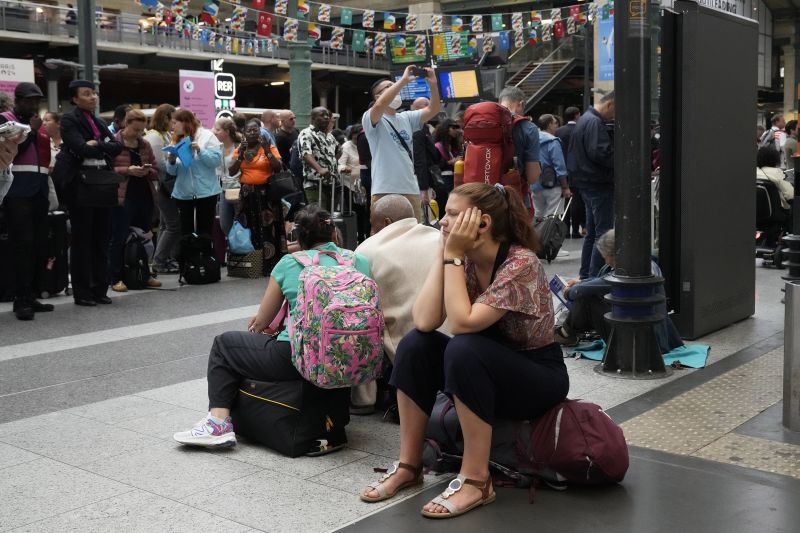The numerous incidents of sabotage on France’s railway network were not random acts of delinquency. Upon examining the historical, political, and social context of these incidents, it becomes clear that the individuals involved were motivated by complex and nuanced factors. To better understand who was behind these operations, an investigation into the key players is necessary.
One defining group most frequently associated with the sabotage of France’s railway network was the organized French Resistance movements during World War II. This coordinated sabotage was an attempt to disrupt the German occupation of the country. The different resistance groups, composed of men and women from diverse backgrounds, were united in their aim to undermine Nazi control.
To mention one, The Maquis, a Resistance group based in the mountainous region of France, was largely responsible for consistent attacks on railway infrastructure. They hauled tracks, blew up bridges, and sabotaged control systems and communication lines. These actions impacted the mobility and supply of German forces, significantly contributing to the successful Allied invasion on D-Day.
Another significant organization was the Secret Army (in French, ‘Armée Secrète’). This powerful group composed mainly of former soldiers and officers from the defeated French army, was instrumental in large-scale operations that targeted the transport and communication lifeline of their German occupiers. The Secret Army had the manpower, infrastructure, and resources to render large portions of the railway system useless.
The Communist Resistance movement also played a prominent role behind the sabotage. Prior to the invasion of the Soviet Union by Germany, French communists had been hesitant to involve themselves in resistance efforts. However, once the USSR became the target, communists in France were galvanized into action. Since most of the French railway workers union members were communists, they had a built-in infrastructure for sabotage and were quite effective at it.
Though the majority of the sabotages can be associated with the Resistance movements during World War II, it’s pertinent to note that the French railway network continued suffering from sporadic sabotages even in the post-war period. This was mainly carried out by striking workers, protest groups or by organizations making political statements.
Lastly, it is also important to acknowledge the role of unidentified individuals, known as ‘saboteurs’. During the war, these individuals acted independently and were not affiliated with any established groups. Saboteurs often carried out acts of destruction on a smaller scale, such as disrupting signals or derailing individual trains. Though their contribution to the overall sabotage might not have been as larger as organized groups, their decentralized and random attacks added substantial disruption to the railway operations.
Thus, understanding the parties involved in the sabotages of France’s railway networks involves delving into the intricate web of French Resistance, striking workers, protest groups, and lone saboteurs. Each hand at work reflects a battle against oppression, a fight for justice, and resistance against coercive control.




